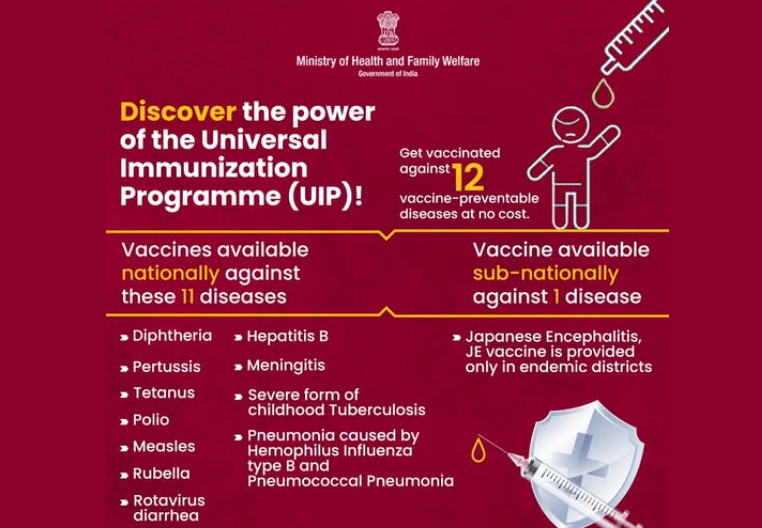7667766266
enquiry@shankarias.in
Mains: GS II - Issues Relating to Development and Management of Social Sector/Services relating to Health
Recently, India’s immunization programmes received a worldwide attention and recognition for fighting against various diseases.

The Hindu| The vaccination Drive of India